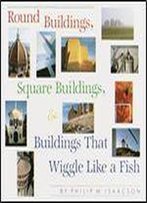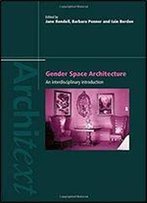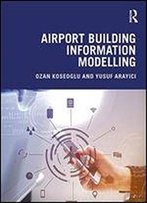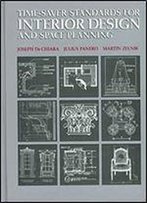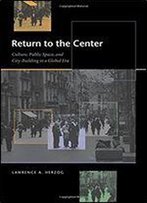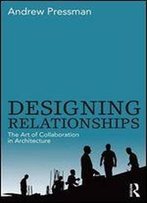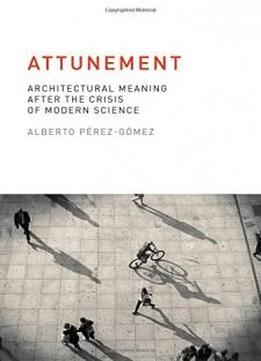
Attunement: Architectural Meaning after the Crisis of Modern Science (MIT Press)
by Alberto Pérez-Gómez /
2016 / English / PDF
1.8 MB Download
Architecture remains in crisis, its social relevance lost between the two poles of formal innovation and technical sustainability. In
Attunement
, Alberto Pérez-Gómez calls for an architecture that can enhance our human values and capacities, an architecture that is connected -- attuned -- to its location and its inhabitants. Architecture, Pérez-Gómez explains, operates as a communicative setting for societies; its beauty and its meaning lie in its connection to human health and self-understanding.
Our physical places are of utmost importance for our well-being. Drawing on recent work in embodied cognition, Pérez-Gómez argues that the environment, including the built environment, matters not only as a material ecology but because it is nothing less than a constituent part of our consciousness. To be fully self-aware, we need an external environment replete with meanings and emotions.
Pérez-Gómez views architecture through the lens of mood and atmosphere, linking these ideas to the key German concept of
Stimmung
-- attunement -- and its roots in Pythagorean harmony and Vitruvian temperance or proportion. He considers the primacy of place over space; the linguistic aspect of architecture -- the voices of architecture and the voice of the architect; architecture as a multisensory (not pictorial) experience, with Piranesi, Ledoux, and Hejduk as examples of metaphorical modeling; and how
Stimmung
might be put to work today to realize the contemporary possibilities of attunement.




